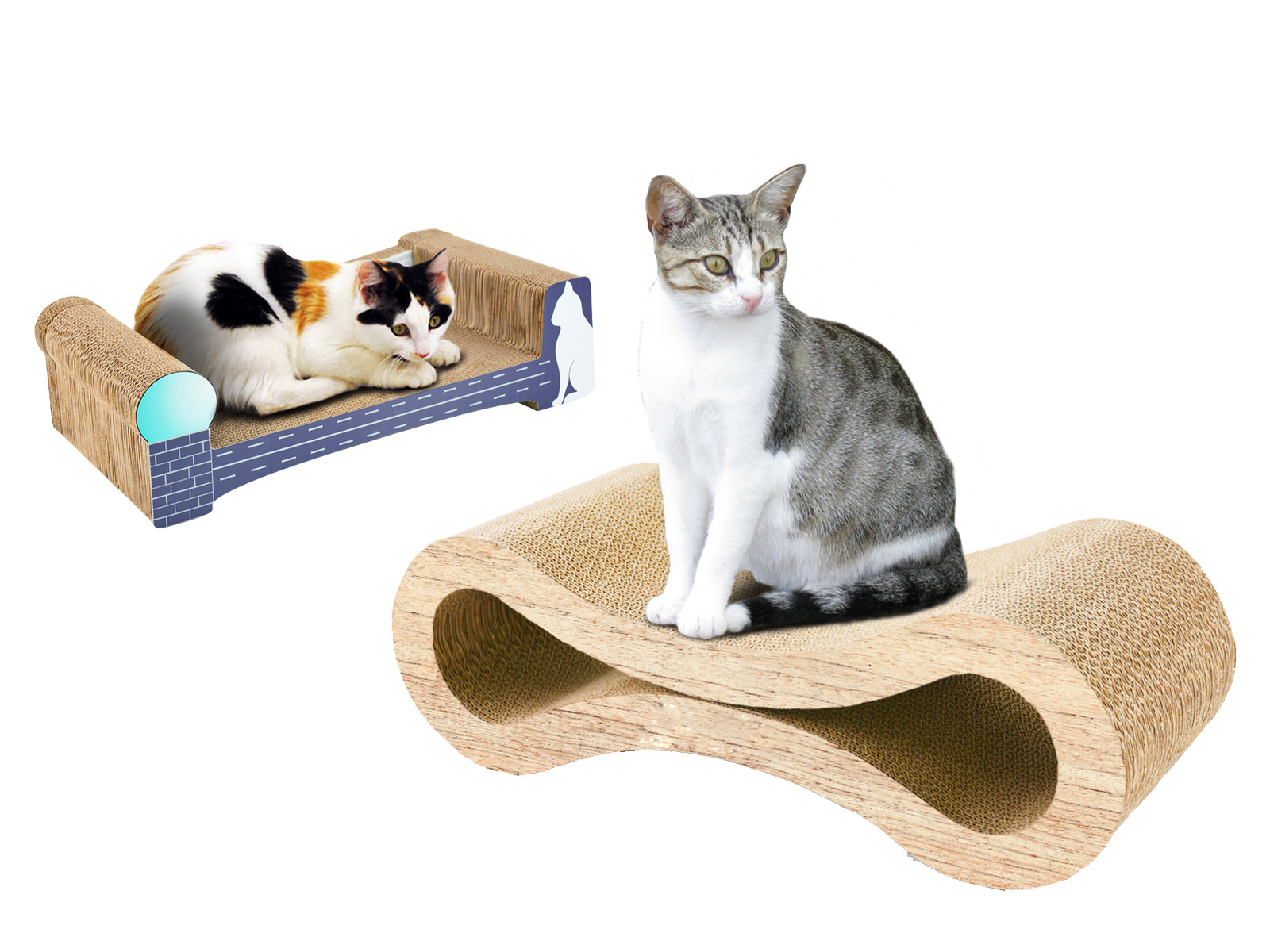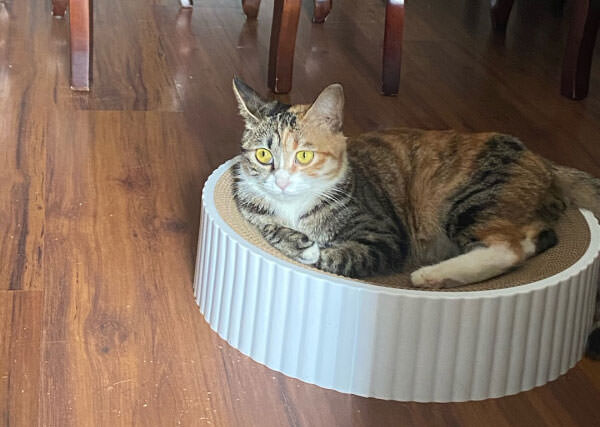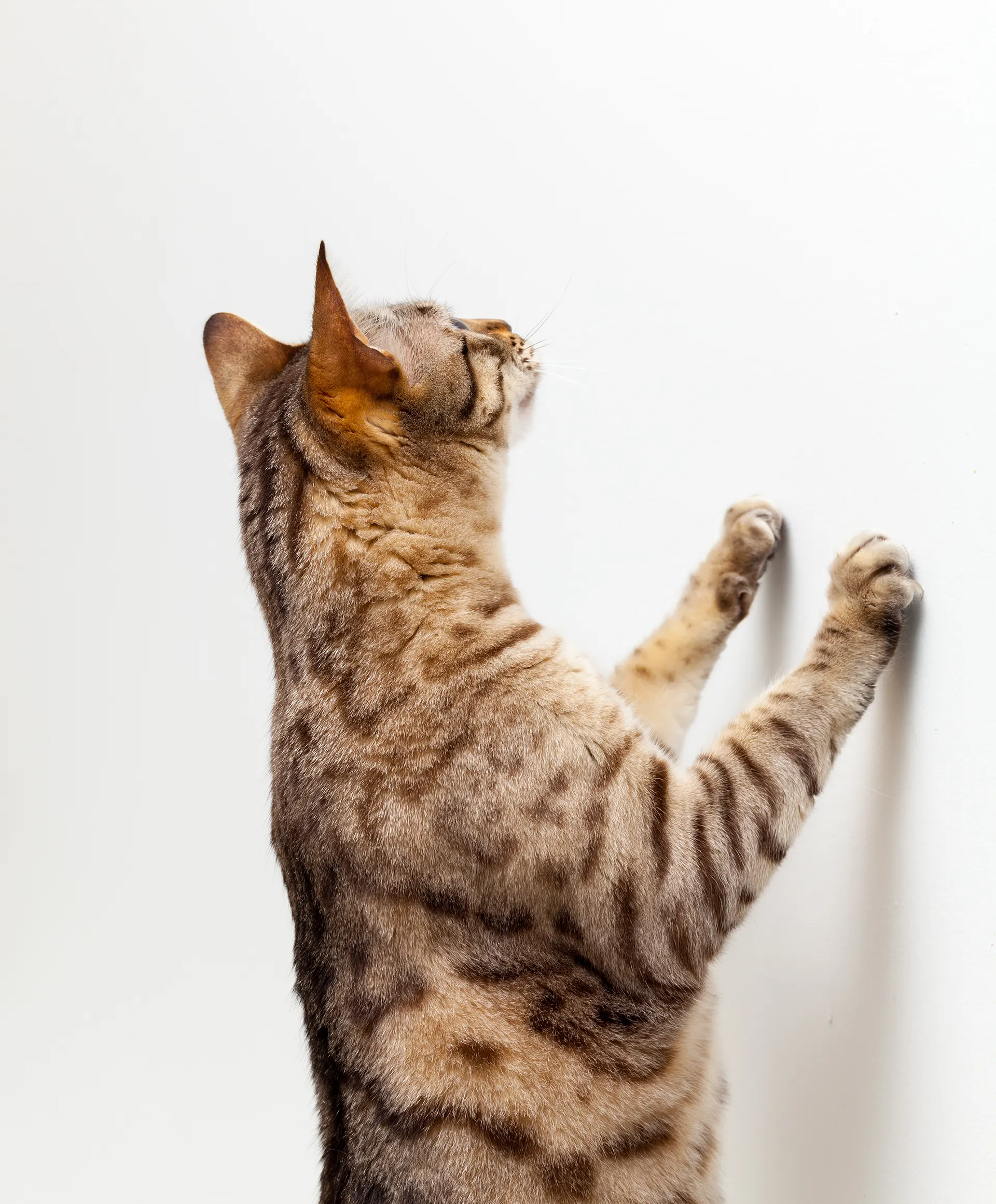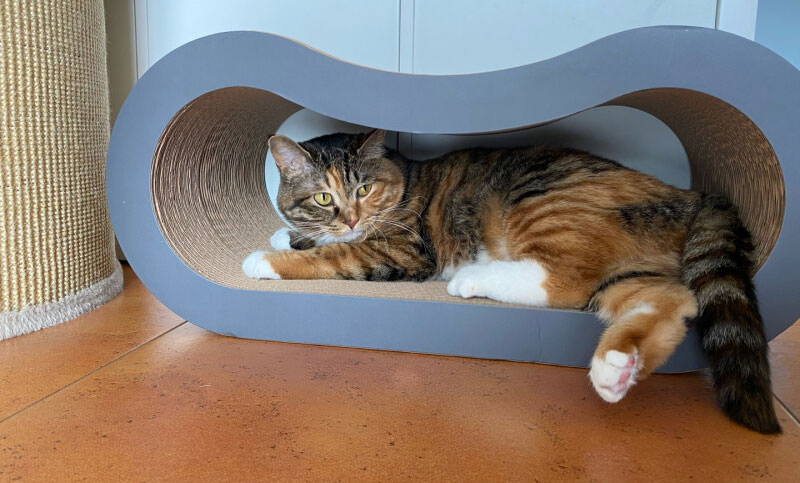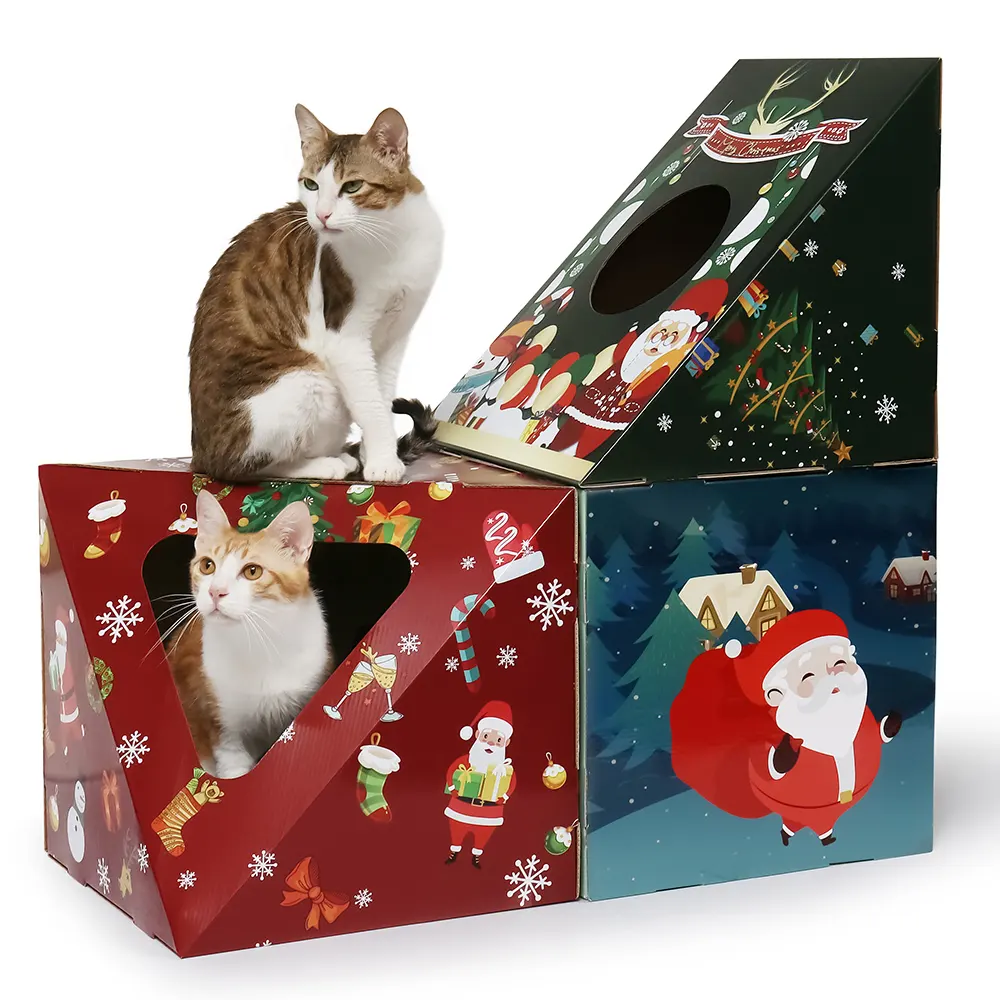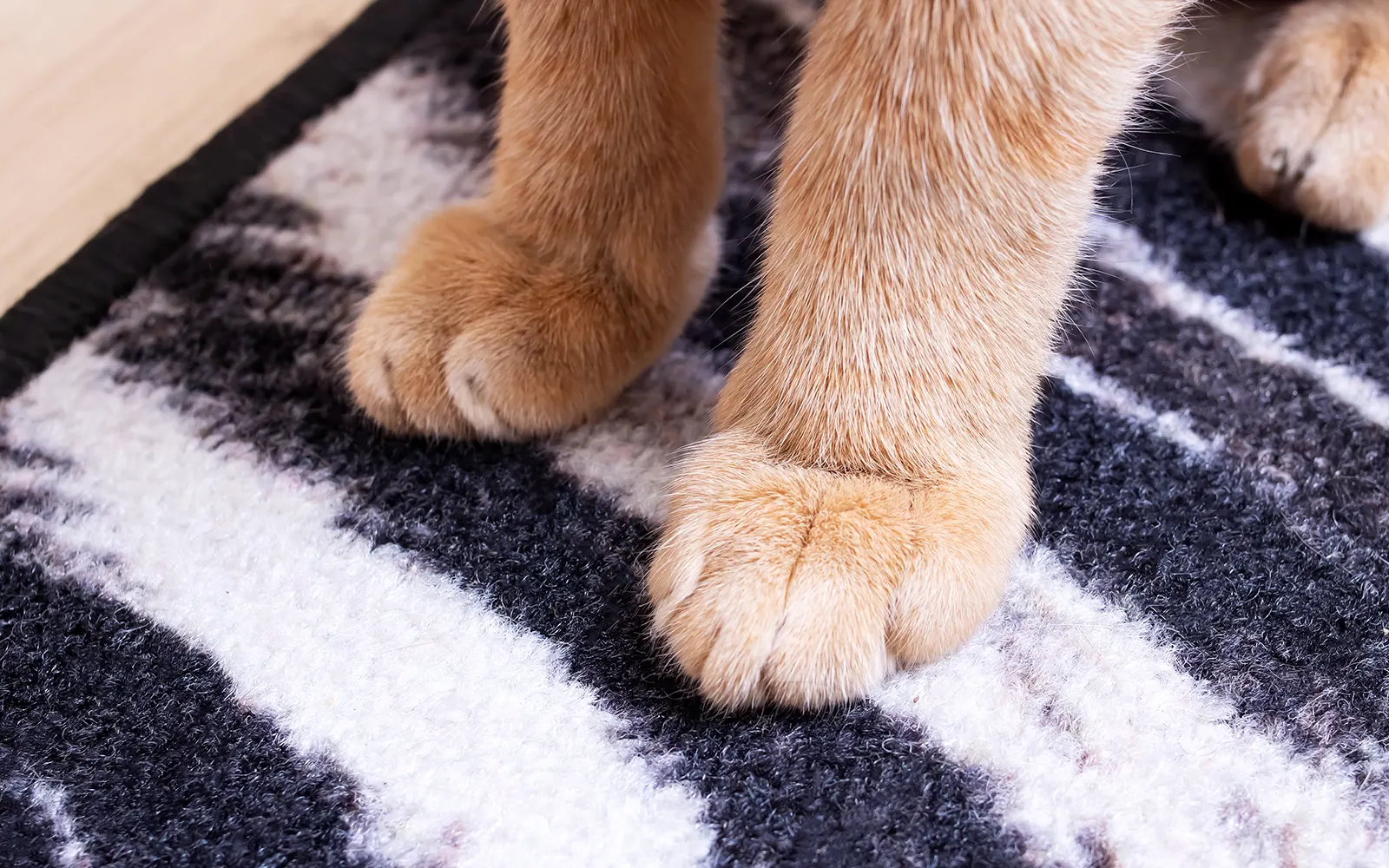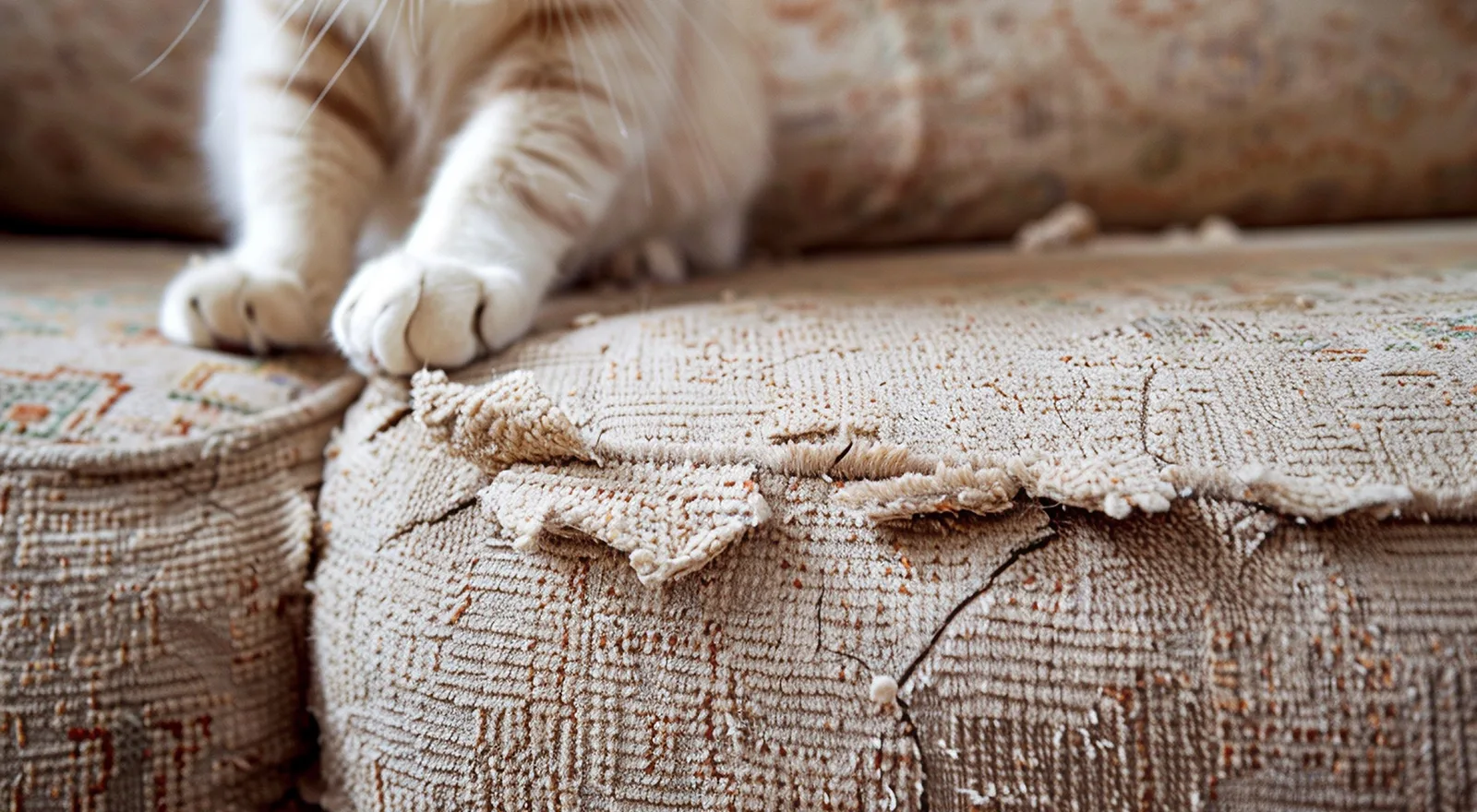Sisal vs. Cardboard Scratching Posts for Cats
When it comes to keeping our feline friends happy and healthy, providing an appropriate scratching surface is crucial. Two popular options are sisal and cardboard cat scratching posts/scratchers. Each material offers unique benefits and drawbacks that cater to various cat preferences and owner needs. This article delves into the characteristics, advantages, and disadvantages of each type, helping you make an informed choice for your pet.
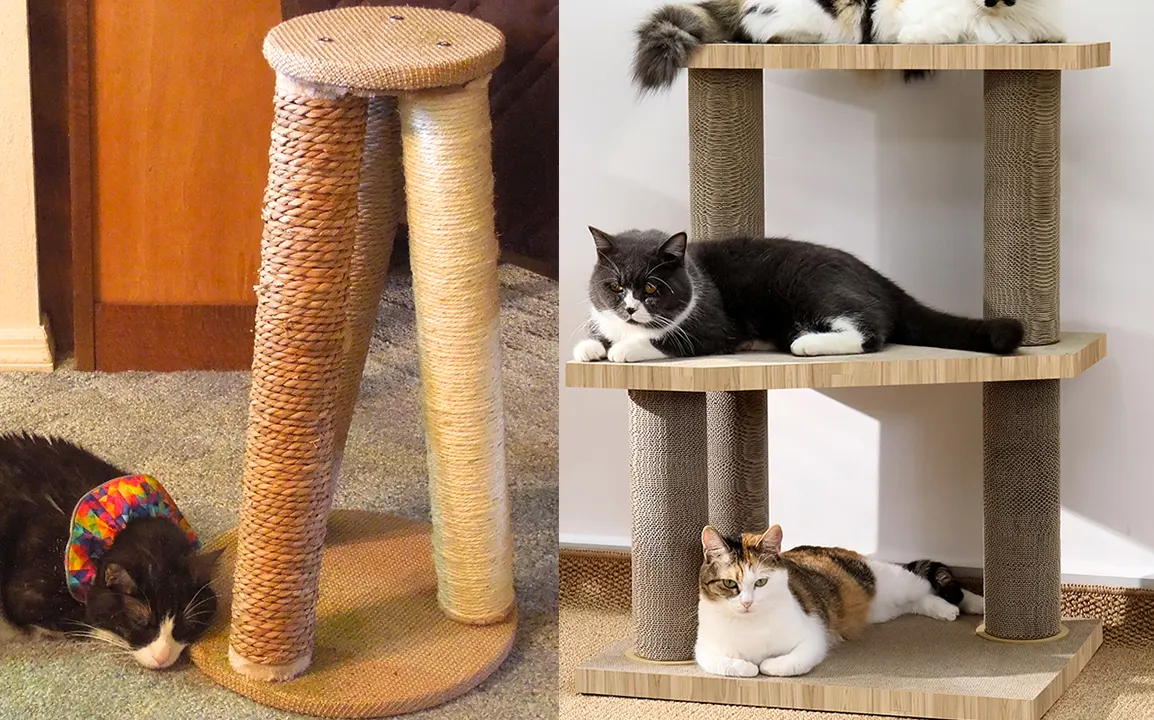
Understanding Sisal Cat Scratching Posts
Sisal scratching posts are made from natural fibers derived from the agave plant. This material is renowned for its durability and resilience, making it a favored choice among cat owners. Sisal has a rough texture that many cats find appealing, allowing them to engage in their natural scratching behavior without damaging furniture or carpets.
Durability and Longevity
One of the standout features of sisal scratching posts is their durability. Unlike other materials, sisal can withstand substantial wear and tear from even the most enthusiastic scratchers. A well-constructed sisal scratching post can last for months, if not years, depending on the usage. This longevity means that, while the initial investment may be higher than cardboard options, the long-term value is often greater.
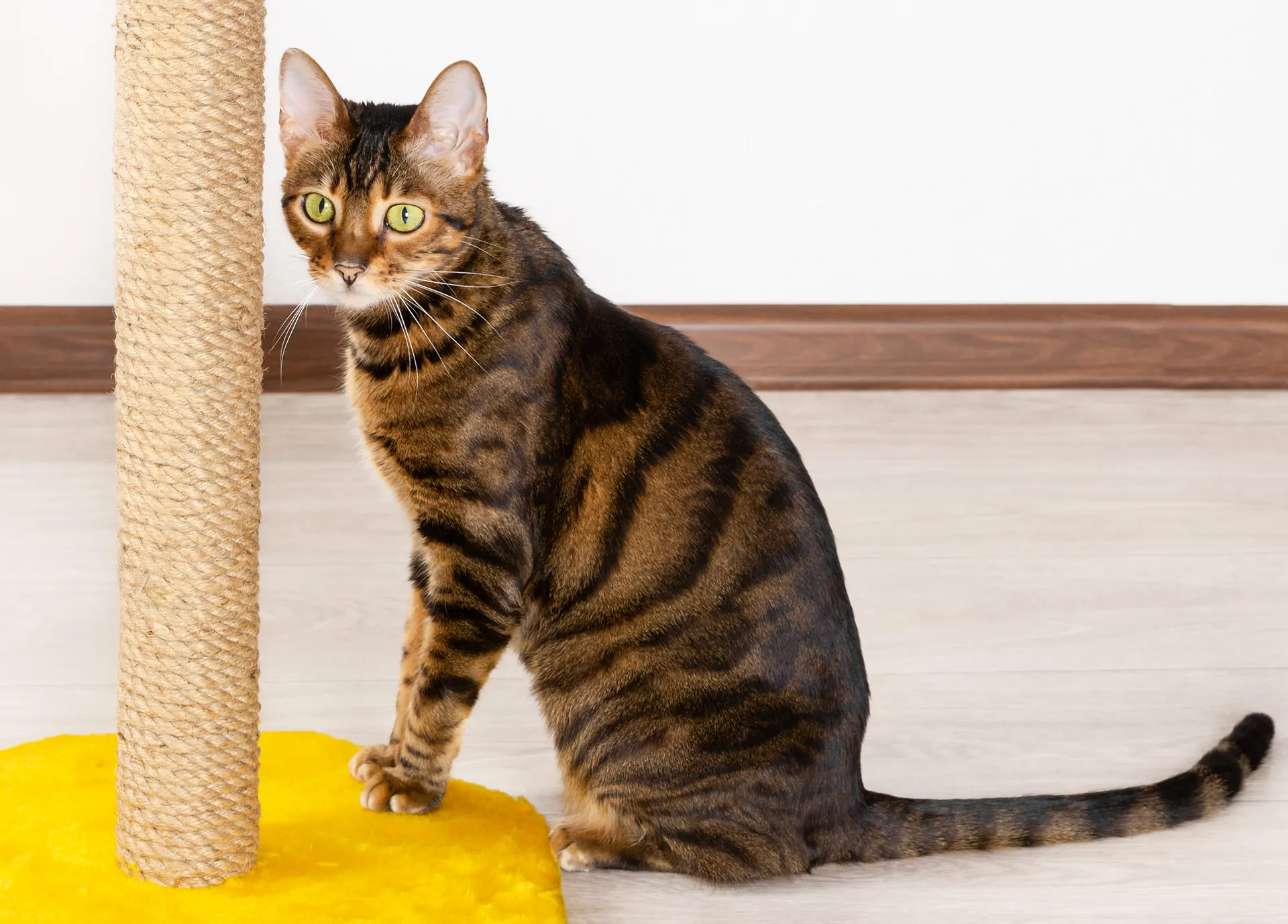
Maintenance and Care
Caring for sisal scratching posts is relatively straightforward. They can be vacuumed to remove cat hair and debris, and occasional brushing can help maintain their appearance. However, over time, the fibers may fray or loosen, especially in high-traffic areas where your cat frequently scratches. While this is a natural part of the wear process, it’s essential to monitor the scratching post for safety, as loose fibers can pose a choking hazard if ingested.
Aesthetics and Design Options
Sisal scratchers come in various designs and styles, from vertical posts to horizontal pads. This versatility allows cat owners to choose options that best fit their home décor and their cat’s scratching habits. Some sisal scratchers even incorporate additional features, such as toys or platforms, providing an engaging experience for your cat.
Exploring Cardboard Cat Scratching Posts
Cardboard cat scratching posts are made from recycled paper products and often take the form of flat pads or ramps. They have gained popularity due to their affordability and the satisfying texture they provide for cats. Many cats are instinctively drawn to cardboard, making it a common choice for pet owners.
Texture and Sensory Appeal
The texture of cardboard is one of its main attractions for cats. It offers a softer scratching surface compared to sisal, which can be particularly appealing for cats that prefer to dig their claws into a more yielding material. This tactile experience can be both satisfying and enjoyable, encouraging cats to engage in their natural scratching behavior.!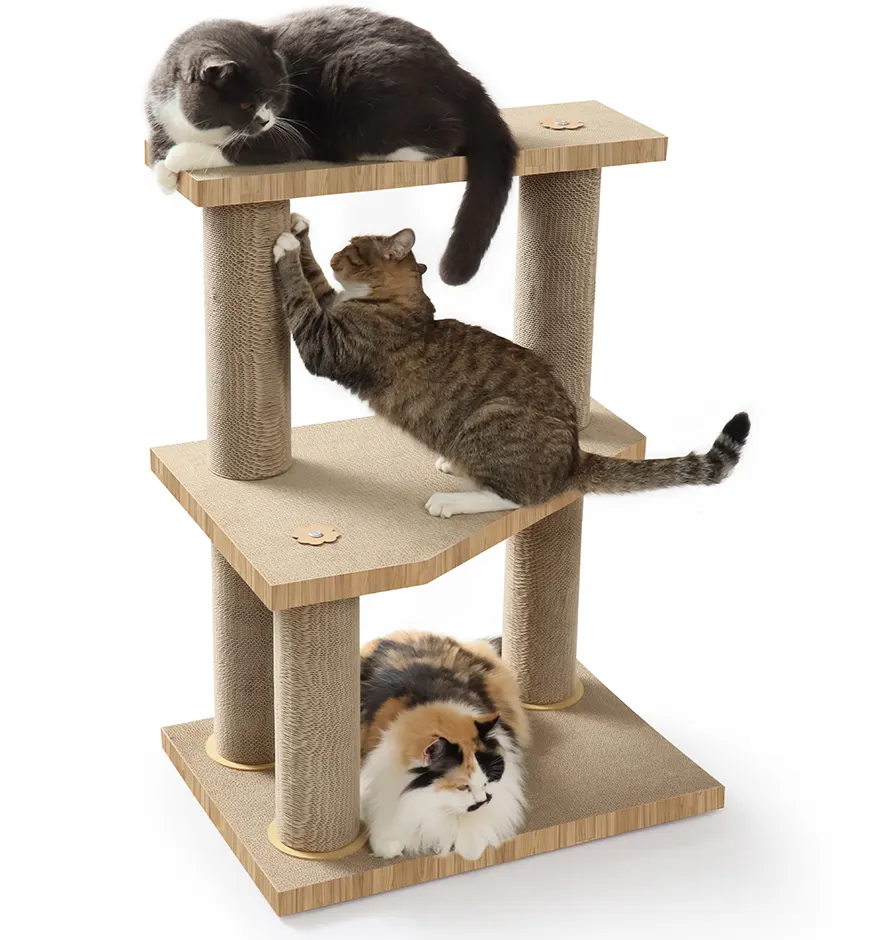
Cost-Effectiveness
One of the most significant advantages of cardboard scratching posts is their affordability. They are typically much cheaper than sisal options, making them an accessible choice for pet owners on a budget. Additionally, cardboard scratching posts are often sold in multi-packs, allowing for easy replacement when they become worn out. This cost-effectiveness makes cardboard scratching posts a popular choice, especially for households with multiple cats.
Environmental Impact
Cardboard scratching posts are generally more environmentally friendly than their sisal counterparts. Made from recycled materials, they can be easily disposed of or composted once they reach the end of their lifespan. This sustainability aspect appeals to eco-conscious pet owners who want to reduce their environmental footprint.
Comparing Their Benefits
Both sisal and cardboard cat scratching posts have distinct advantages that cater to different cat preferences. Understanding these benefits can help you choose the right type for your feline companion.
- Durability: Lasts longer than cardboard.
- Natural Material: Made from biodegradable fibers.
- Variety of Designs: Available in various shapes and sizes.
- Cost: Generally more expensive.
- Maintenance: May require more care to keep clean.
- Affordability: Less expensive and often sold in bulk.
- Satisfying Texture: Many cats enjoy scratching cardboard.
- Eco-Friendly: Made from recycled materials.
- Durability: Wears out quickly and needs frequent replacement.
- Mess: Can create more debris compared to sisal.
Cat Behavior and Preferences
Understanding your cat’s behavior is key to selecting the right scratcher. Each cat has unique scratching preferences influenced by their personality, age, and even breed. Some cats may prefer the firm resistance of sisal, while others might enjoy the softer feel of cardboard.
Observing Your Cat
Take the time to observe your cat’s scratching habits. Do they scratch furniture, carpets, or other surfaces? This observation can provide insights into what type of scratcher might be most appealing. If your cat enjoys scratching various textures, offering both sisal and cardboard options could be beneficial.
Engaging Play
Cats are naturally curious and playful creatures. Incorporating toys or additional features into scratchers can enhance their overall experience. For instance, sisal scratching posts with attached toys can stimulate your cat’s hunting instincts, while cardboard scratchers with interactive elements can keep them entertained.
Alternative Scratching Solutions
While sisal and cardboard are popular choices, there are other scratching surfaces available that may suit your cat's needs.
Carpet and Fabric Scratchers
Some scratchers are made from carpet or fabric, providing a different texture for cats that enjoy scratching soft surfaces. These options can be particularly appealing to cats that prefer to dig their claws into something plush. However, they may not be as durable as sisal and can be more challenging to clean.
Wooden Scratching Posts
Wooden scratching posts offer a sturdy alternative that is both aesthetically pleasing and functional. Many cats enjoy the firm resistance of wood, and these scratching posts can be quite durable. However, they may require more maintenance to prevent splintering and damage.
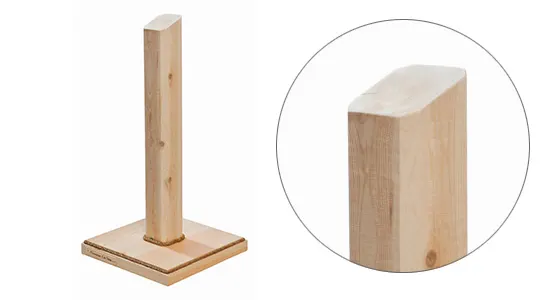
Final Thoughts
When choosing between sisal and cardboard cat scratching posts, consider your cat's unique preferences, your budget, and your environmental values. Both options provide valuable scratching surfaces that can help protect your furniture and keep your cat engaged. By understanding the characteristics of each material, you can create an enriching environment that caters to your cat’s natural instincts. Ultimately, whether you opt for the durability of sisal or the affordability of cardboard, the key is to provide your feline friend with a satisfying place to scratch.
